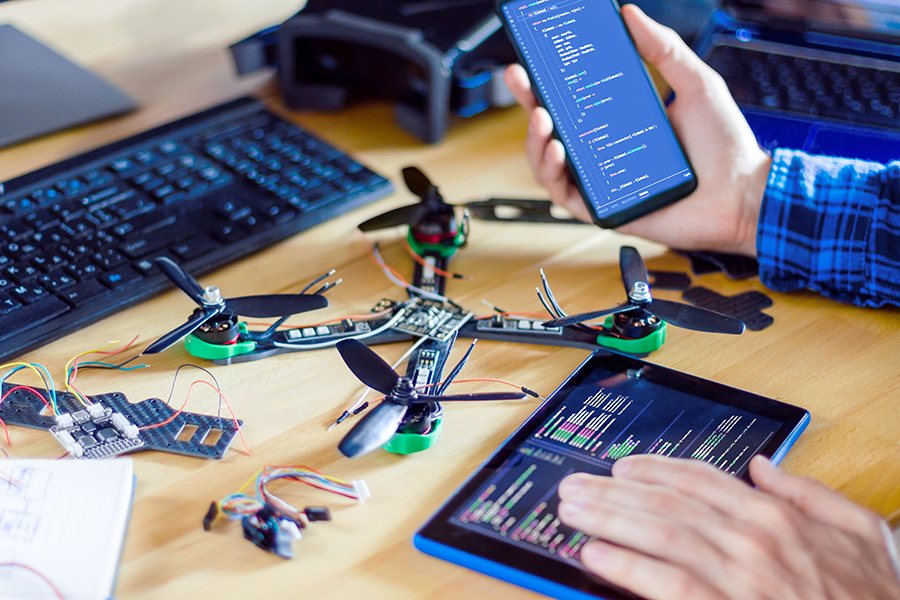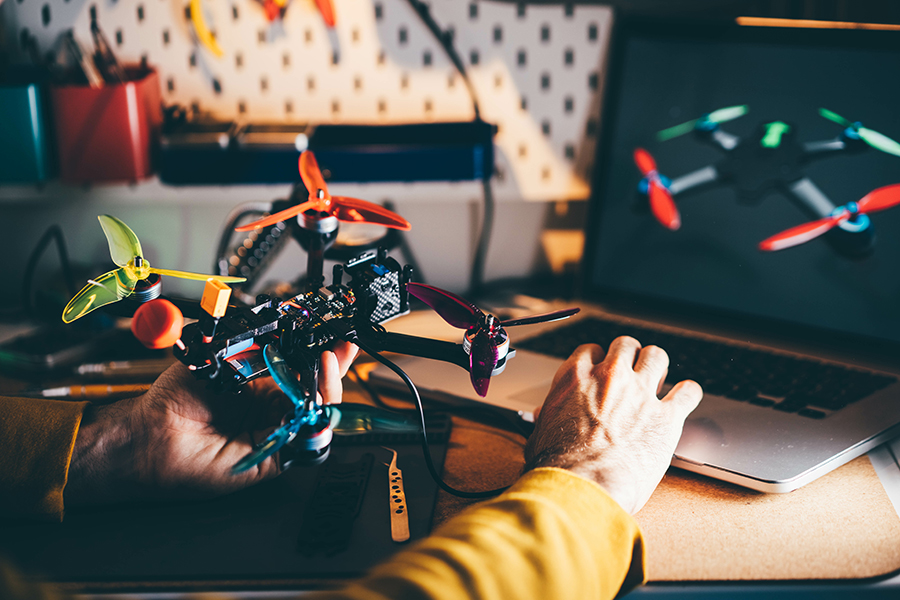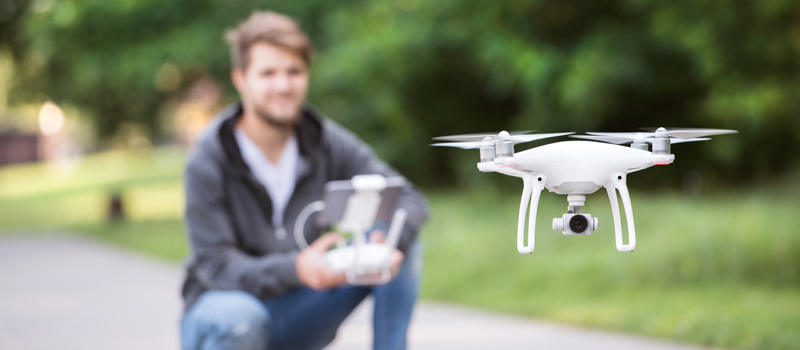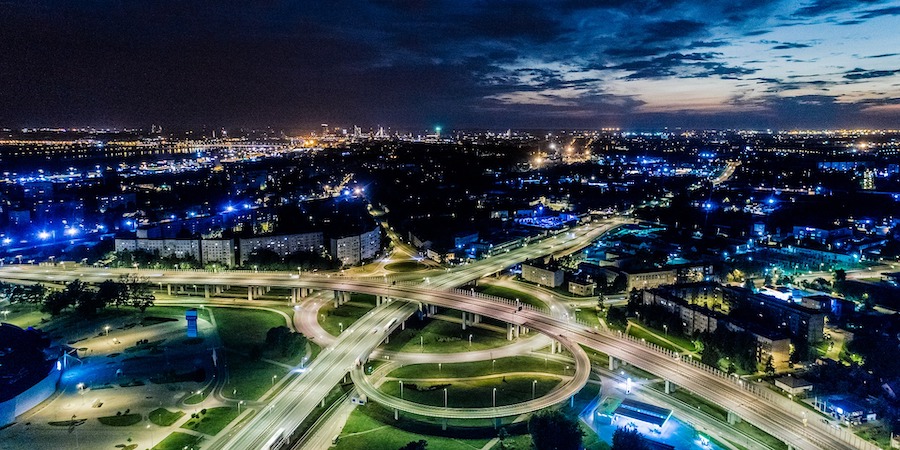Remote ID will be required for home-built aircraft if they will be used commercially or if they weigh more than 250 grams and will be used recreationally. There is a potential issue with FAA’s requirement that home-built aircraft be compliant with the requirements for Standard Remote ID drones. These requirements are far too complex and may be difficult to attain for DIY drone builders.
As the first crucial deadline of the new Remote ID rules comes closer, there are now more questions and concerns from drone communities. A persistent topic is how Remote ID will affect home-built drones. Let’s look at the rules, nuances, and deadlines relevant to this niche.
How Part 89 defines home-built aircraft
Section 89.1 of Part 89 provides the definitions for many of the terms used in the Remote ID final ruling. One of the terms defined here is “home-built unmanned aircraft” which is defined as “an unmanned aircraft system, the major portion of which has been fabricated and assembled by a person who undertook the construction project solely for their own education and recreation.”
This definition was originally intended for the term “amateur-built unmanned aircraft” which was later revised to a more comprehensive and all-encompassing term.
What are the Remote ID rules for home-built aircraft?
The Remote ID rules that apply to home-built drones are actually quite simple because they are similar to the ones that apply to shelf-bought drones. In a nutshell, home-built drones are also expected to comply with Remote ID rules. This can be either through building a Standard Remote ID drone or equipping a home-built drone with a Remote ID module.
An alternative for pilots of home-built drones is to fly within the boundaries of an FAA-recognized identification area (FRIA). Within an FRIA, a drone can fly legally even if it does not have any Remote ID technology.
Remote ID will be a requirement for all home-built drones if they are to be used commercially. However, home-built drones that weigh less than 250 grams and will be used recreationally are exempt from FAA registration requirements, thereby are also exempted from Remote ID requirements.
Potential issues with Standard Remote ID drone requirements

A point of controversy is the coming deadline of September 16, 2022 when the following rule takes effect:
“No person may produce an unmanned aircraft for operation in the airspace of the United States unless (it is) designed and produced to meet the minimum performance requirements for standard remote ID UA.”
This rule could be problematic for people or companies who build their own drones, as it means that they have to design and produce Standard Remote ID drones. This means that the home-built drones must come with built-in Remote ID broadcast technology. There must also be a system that will automatically ground these drones in case of failure of Remote ID.
Fortunately, Part 89 also provides home-built drones with an exception to production and design requirements. This exception is detailed in subpart B of Section XIV of the Final Rule. This is in recognition of the fact that homebuilders may not have the same resources and level of expertise as commercial drone manufacturers.
If a home-built drone cannot be designed and built with Remote ID capabilities, then it must either be equipped with a Remote ID module or operated within an FRIA. Conversely, the operator may request authorization from the Administrator to deviate from the operational requirements of drones without Remote ID.
Some commenters of the draft rule have said that providing such an exception for home-built drones may compromise the safety of national airspace. Such risk is offset by the fact that home-built drones make up a very small portion of the drone population. Home-built drones are also required to comply with the operational requirements of Remote ID.
Final thoughts
Communities of home-built aircraft remain very active nowadays, despite the large offerings of ready-to-fly aircraft from large drone manufacturers. There is still something very fulfilling about flying a drone you built yourself.
In the case of Remote ID, home-built drones still need to follow the same set of operational requirements However, home-built drones do not need to comply with the same production and design requirements. This leeway is in recognition of the fact that DIY drone builders simply do not have the same resources and technical know-how as large drone manufacturers.



